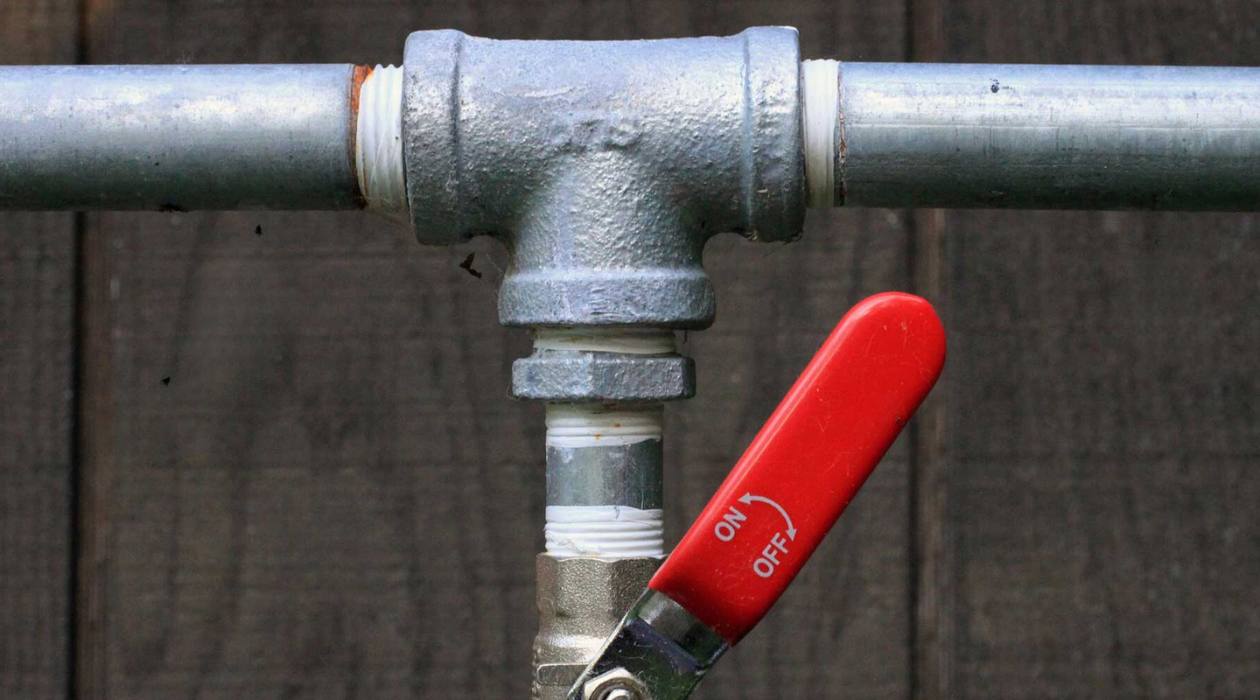

Articles
What Is A Water Hammer In Plumbing
Modified: February 28, 2024
Learn about water hammer in plumbing and how to prevent it. Read our informative articles to understand the causes and solutions for this common plumbing issue.
(Many of the links in this article redirect to a specific reviewed product. Your purchase of these products through affiliate links helps to generate commission for Storables.com, at no extra cost. Learn more)
Introduction
Welcome to our comprehensive guide on water hammer in plumbing. Have you ever heard a loud banging or hammering noise coming from your pipes after turning off a faucet or a water-using appliance? If so, you have experienced the phenomenon known as water hammer. In this article, we will explore what water hammer is, its causes, effects, as well as ways to prevent and fix it.
Water hammer refers to the sudden increase in pressure within your plumbing system, causing a loud knocking or banging sound. It occurs when the flow of water is abruptly stopped or redirected, causing the water to forcefully collide with the pipes.
Understanding the concept of water hammer is crucial to prevent potential damage to your plumbing system. The force generated from the sudden pressure surge can lead to cracked pipes, damaged valves, and even ruptured fittings if left unaddressed.
Now that we have introduced the concept of water hammer, let’s delve deeper to understand its causes and why it is essential to take preventive measures to safeguard your plumbing system.
Key Takeaways:
- Water hammer in plumbing is caused by sudden pressure surges, leading to disruptive noise and potential damage to pipes, valves, and appliances. Preventive measures such as water hammer arrestors and adjusting water pressure can minimize its occurrence.
- Addressing water hammer promptly through methods like installing water hammer arrestors, draining the plumbing system, and reinforcing pipes can prevent long-term damage and ensure a quieter, more efficient water flow. Consulting a professional plumber for assistance is always beneficial.
Read more: What Is A Water Line Plumbing
Understanding Water Hammer
To grasp the concept of water hammer, it’s essential to understand the physics behind it. When water flows through a pipe, it carries momentum and kinetic energy. Upon abrupt valve closure or sudden changes in water direction, this kinetic energy transforms into pressure energy, resulting in a surge of high-pressure waves that propagate throughout the plumbing system.
These pressure waves can generate a tremendous force, causing the pipes to vibrate and shake. The vibrations, in turn, create the distinct knocking or banging sound associated with water hammer.
It’s important to note that not all plumbing systems are equally susceptible to water hammer. Various factors play a role, including the length and diameter of the pipes, water flow rate, and the material used for the plumbing system.
In addition, water hammer can occur in both residential and commercial plumbing systems. While the intensity of the hammering noise may differ, the underlying mechanics remain the same.
Now that we have a basic understanding of water hammer, let’s explore the common causes that can trigger this phenomenon.
Causes of Water Hammer
Water hammer can be caused by various factors, and understanding these causes is crucial in preventing and addressing the issue. Some of the common causes of water hammer include:
- Fast-closing valves: When a valve is closed rapidly, it abruptly stops the flow of water, leading to a surge of pressure within the plumbing system. This sudden pressure increase can result in water hammer.
- Water flow direction change: Any sudden change in the direction of the water flow, such as when a faucet or appliance is turned off, can create a pressure surge in the pipes, causing water hammer.
- Improperly secured pipes: If the pipes in your plumbing system are not properly secured, they can vibrate and shake when the water flow is abruptly stopped or redirected, resulting in water hammer.
- High water pressure: Excessively high water pressure can increase the likelihood of water hammer. When the pressure is too high, even small changes in the flow or direction of the water can lead to a significant pressure surge within the pipes.
- Air chambers issues: Air chambers are designed to absorb the shock caused by water hammer. However, if these chambers become waterlogged or are not properly installed, they can fail to mitigate the pressure surge, resulting in water hammer.
It’s important to identify the specific cause of water hammer in your plumbing system to effectively address the issue. Now that we understand the causes, let’s explore the potential effects of water hammer.
Effects of Water Hammer
Water hammer may seem like a harmless noise, but it can have significant effects on your plumbing system if left unchecked. Some of the potential effects of water hammer include:
- Pipe damage: The force generated by water hammer can cause pipes to vibrate, shake, or even burst. This can result in leaks, cracks, or complete pipe failure, leading to costly repairs.
- Valve damage: Water hammer can damage valves within the plumbing system. The sudden pressure surge can cause valves to malfunction, resulting in leaks or loss of water control.
- Noise and vibrations: The knocking or banging sound associated with water hammer can be disruptive and annoying. It may also cause vibrations throughout the plumbing system, leading to further damage or discomfort.
- Appliance malfunction: Water hammer can potentially damage appliances connected to the plumbing system. The sudden pressure surge can cause appliances such as washing machines or dishwashers to malfunction or even break down.
- Reduced lifespan of plumbing components: Continuous exposure to water hammer can accelerate wear and tear on various plumbing components, including pipes, fittings, and valves. This can reduce their lifespan and increase the likelihood of future plumbing issues.
Given the potential consequences, it’s essential to take preventive measures and address water hammer promptly. Let’s explore some ways to prevent and minimize the occurrence of water hammer in your plumbing system.
To prevent water hammer in plumbing, install water hammer arrestors or air chambers to absorb the shock of fast-closing valves. Regularly check and maintain water pressure to reduce the risk of water hammer.
Preventing Water Hammer
Preventing water hammer in your plumbing system requires implementing certain measures to minimize the occurrence of sudden pressure surges. Here are some effective ways to prevent water hammer:
- Install water hammer arrestors: Water hammer arrestors, also known as shock absorbers, are devices that absorb and dissipate the sudden increase in pressure within the plumbing system. Installing these devices near water-using appliances and fixtures can help prevent water hammer.
- Check and adjust water pressure: Excessively high water pressure is a common cause of water hammer. Use a pressure gauge to measure the water pressure in your home and consider installing a pressure-reducing valve if the pressure is too high.
- Secure and insulate pipes: Properly securing and insulating pipes can help reduce vibrations and minimize the impact of water hammer. Use pipe hangers, straps, or foam insulation to secure the pipes and prevent them from shaking during sudden water flow changes.
- Add air chambers: Air chambers act as cushioning devices to absorb the shock of water hammer. Ensure that your plumbing system has properly installed and functioning air chambers to help mitigate the pressure surge.
- Install slow-closing valves: Instead of fast-closing valves, consider installing slow-closing valves that gradually reduce water flow when turned off. This helps to prevent abrupt changes in water flow and minimize the occurrence of water hammer.
By implementing these preventive measures, you can significantly reduce the chances of water hammer occurring in your plumbing system. However, if you are already experiencing water hammer issues, it’s essential to take appropriate steps to fix the problem, which we will discuss next.
Fixing Water Hammer
If you’re dealing with water hammer in your plumbing system, there are several methods you can use to fix the issue. Here are some common approaches to fixing water hammer:
- Install water hammer arrestors: Adding water hammer arrestors to the affected pipes can effectively absorb the pressure surge and eliminate the hammering noise. These devices act as shock absorbers and provide a cushion to prevent the sudden pressure spikes.
- Drain the plumbing system: In some cases, draining the plumbing system completely can help alleviate water hammer issues. This involves shutting off the main water supply, opening all faucets and fixtures to drain the water, and then slowly turning the supply back on.
- Check and repair faulty valves: Malfunctioning or faulty valves can contribute to water hammer problems. Inspect all valves in your plumbing system and repair or replace any that are not functioning properly to restore the normal water flow and prevent pressure surges.
- Reinforce pipes and fittings: If loose or improperly secured pipes are contributing to water hammer, reinforcing them with additional hangers or straps can help minimize vibrations and reduce the force of the pressure surges. Additionally, checking and tightening any loose fittings can also help alleviate the issue.
- Consult a professional plumber: If the water hammer issue persists or if you’re unsure about how to fix it, it’s best to consult a professional plumber. They have the expertise and tools to diagnose the problem accurately and recommend the most suitable solution.
By taking appropriate steps to fix water hammer, you can prevent further damage to your plumbing system and enjoy a quieter and more efficient water flow. Remember, it’s important to address water hammer promptly to avoid potential long-term issues.
Conclusion
Water hammer in plumbing can be a disruptive and potentially damaging issue if not properly addressed. Understanding its causes, effects, prevention, and fixing methods is crucial for maintaining a well-functioning and safe plumbing system.
In this comprehensive guide, we have explored the concept of water hammer, which refers to the sudden pressure surge and resulting noise in the pipes. We have discussed the common causes of water hammer, including fast-closing valves, changes in water flow direction, improperly secured pipes, high water pressure, and air chamber issues.
Furthermore, we have highlighted the potential effects of water hammer, which include pipe and valve damage, noise, appliance malfunction, and reduced lifespan of plumbing components.
To prevent water hammer, we have provided some practical methods such as installing water hammer arrestors, checking and adjusting water pressure, securing and insulating pipes, adding air chambers, and using slow-closing valves.
If you are already experiencing water hammer, we have discussed the importance of installing water hammer arrestors, draining the plumbing system, checking and repairing faulty valves, reinforcing pipes and fittings, and seeking professional assistance if needed.
By addressing water hammer promptly and implementing preventive measures, you can minimize the risk of damage to your plumbing system, avoid costly repairs, and enjoy a quieter and more efficient water flow.
Remember, when it comes to water hammer or any plumbing concerns, it’s always beneficial to consult a professional plumber who can provide expert advice and assistance tailored to your specific situation.
Stay proactive in maintaining your plumbing system, and enjoy the peace of mind that comes with a properly functioning and hassle-free plumbing experience.
Frequently Asked Questions about What Is A Water Hammer In Plumbing
Was this page helpful?
At Storables.com, we guarantee accurate and reliable information. Our content, validated by Expert Board Contributors, is crafted following stringent Editorial Policies. We're committed to providing you with well-researched, expert-backed insights for all your informational needs.
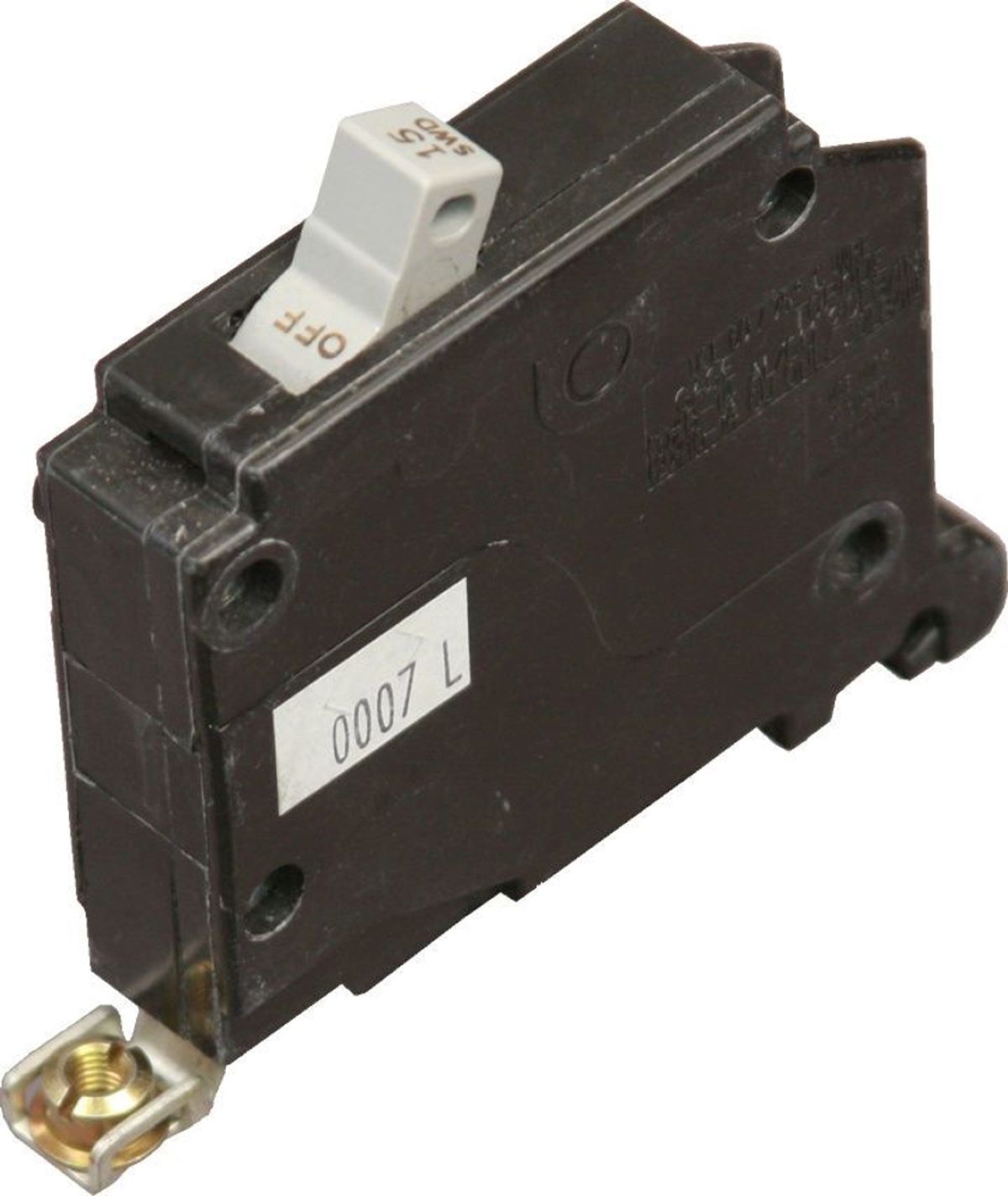
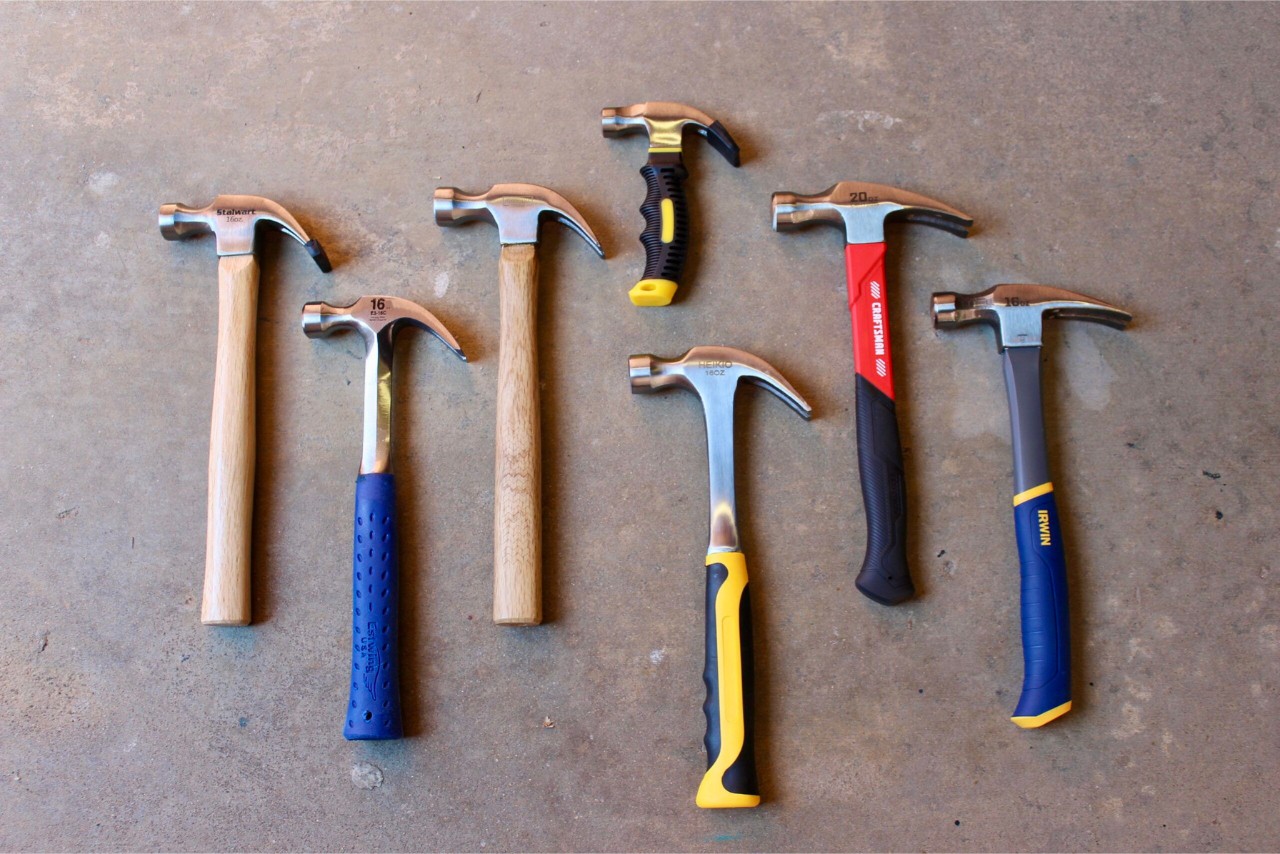
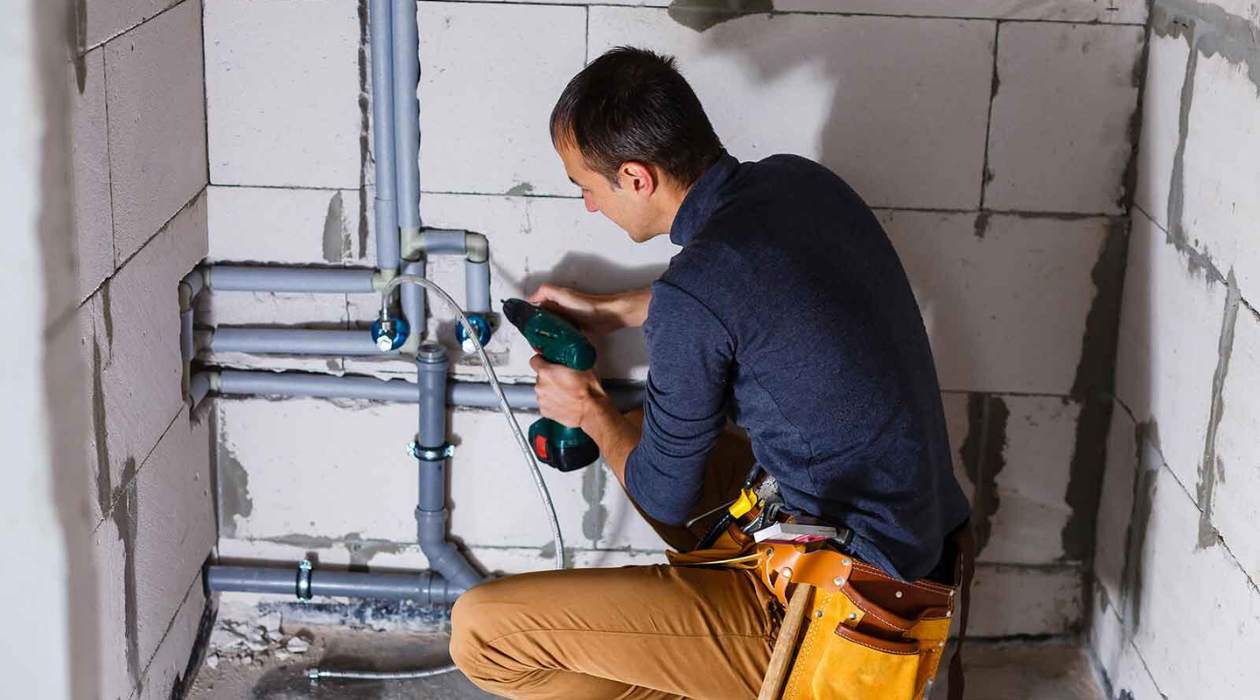
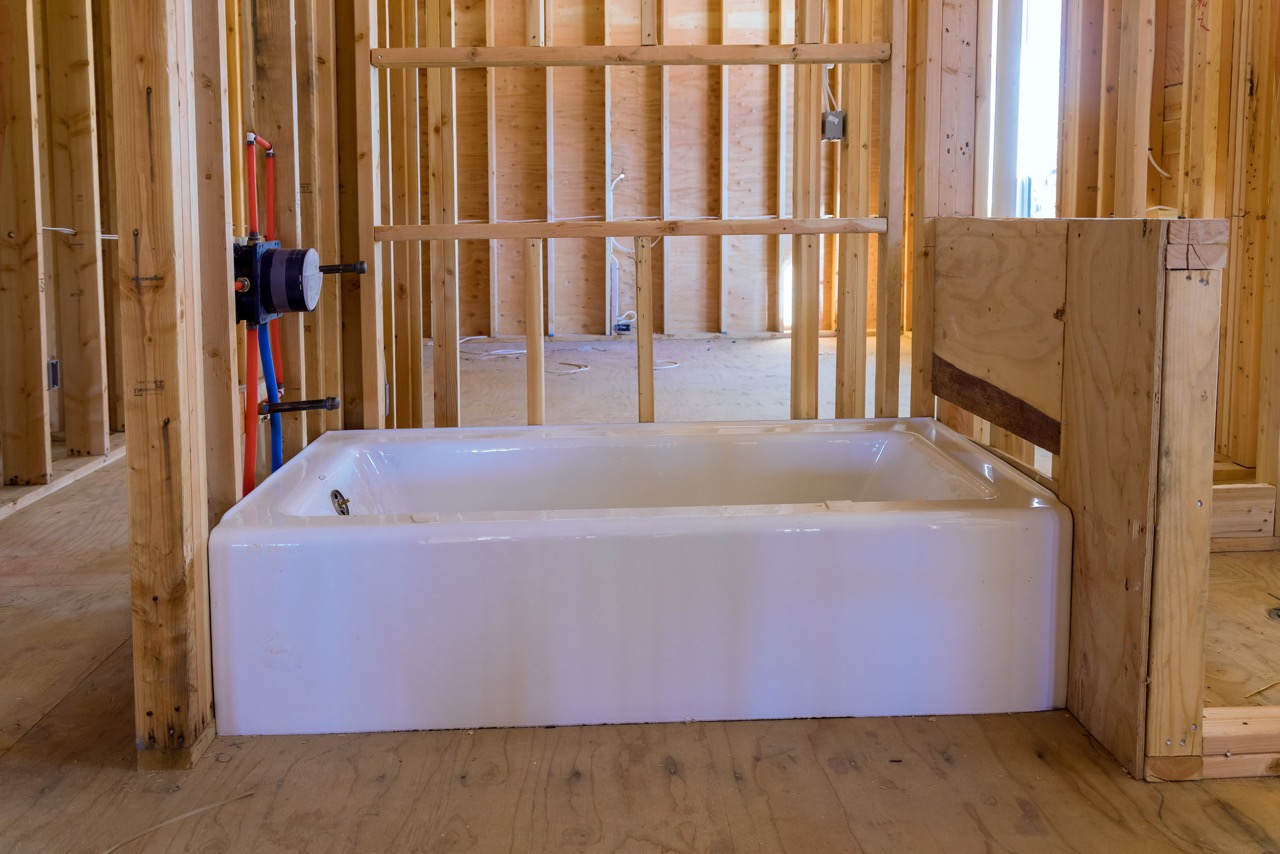
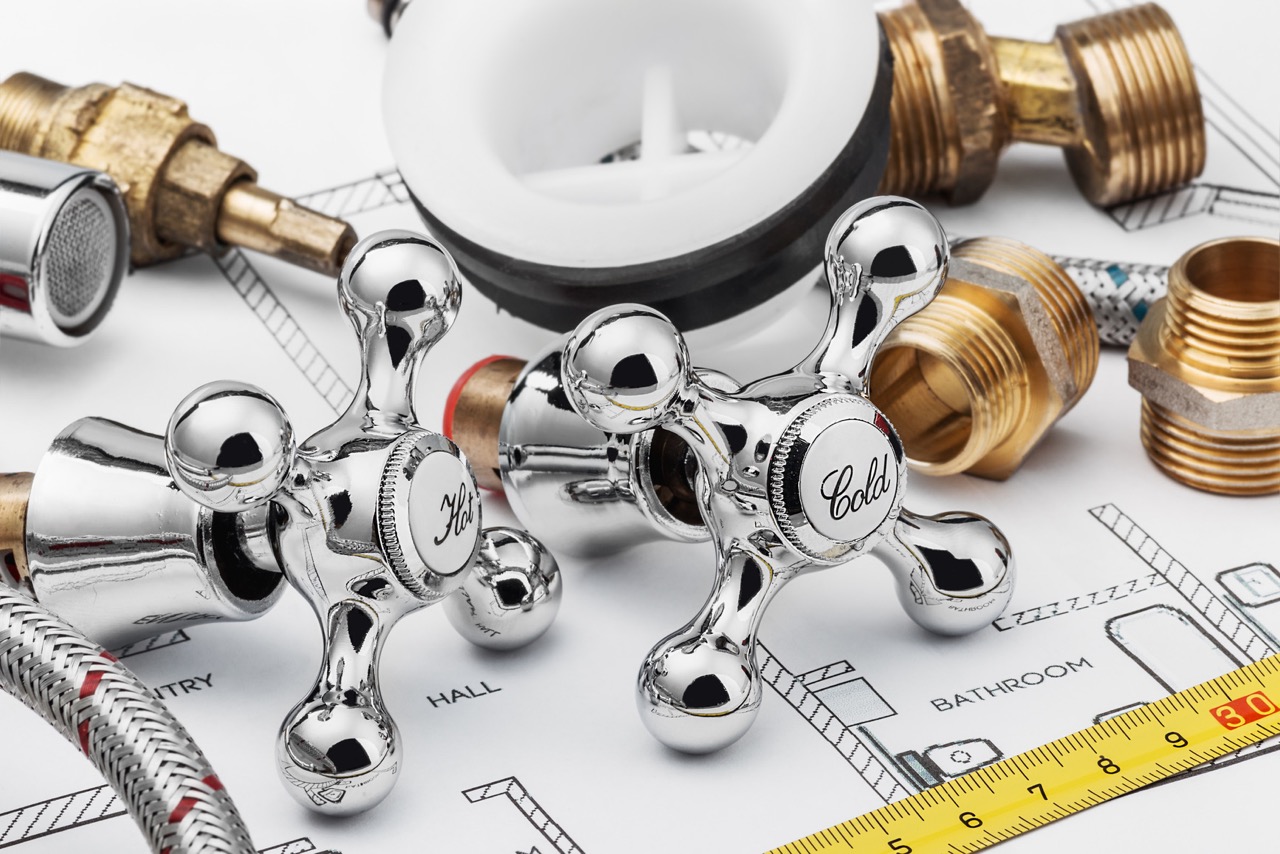
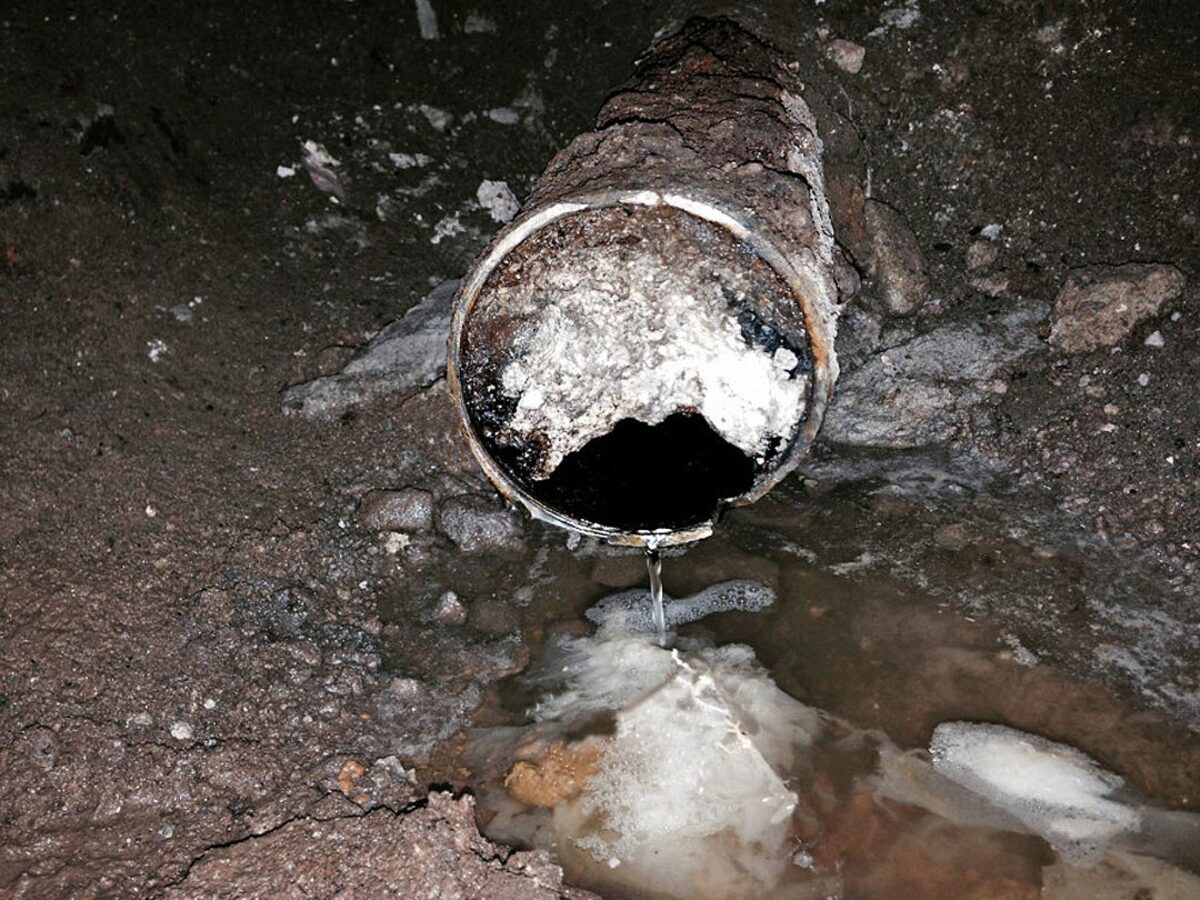
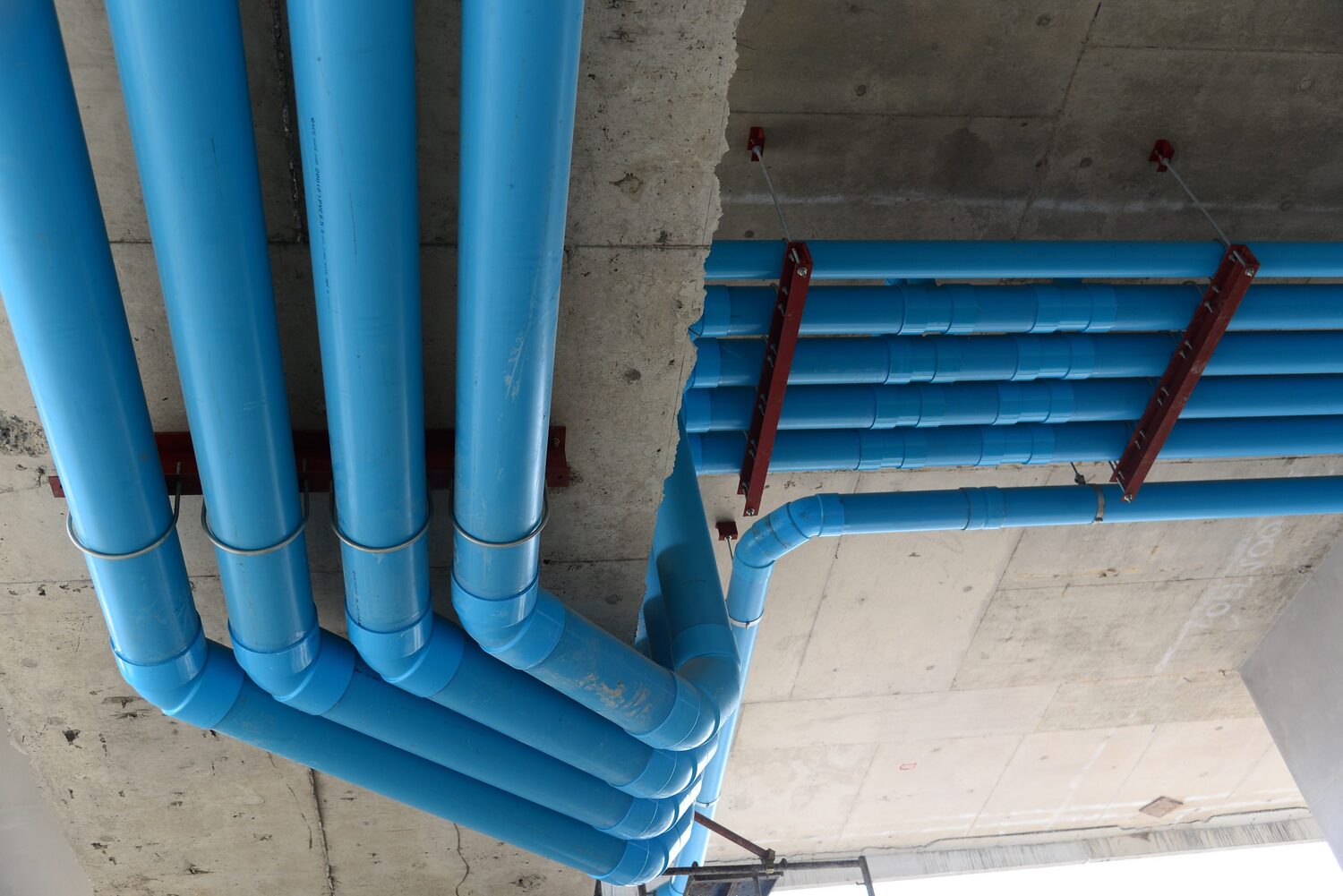
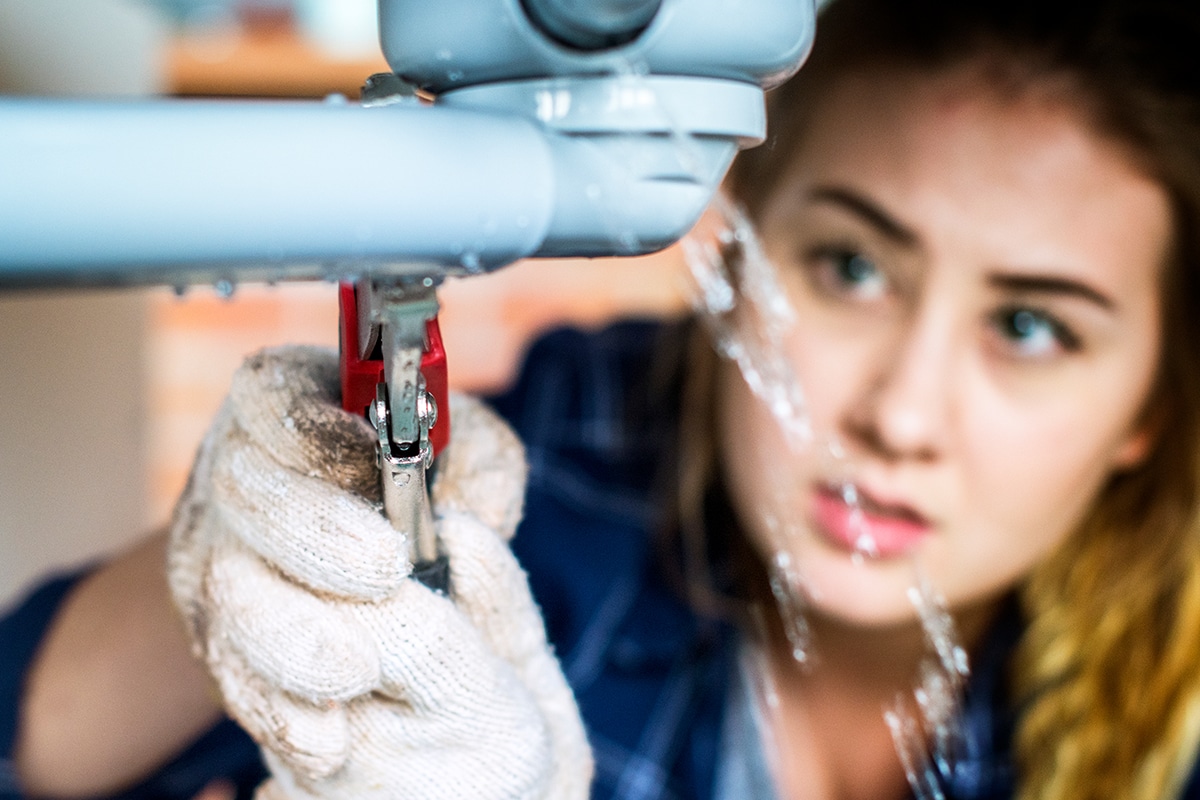
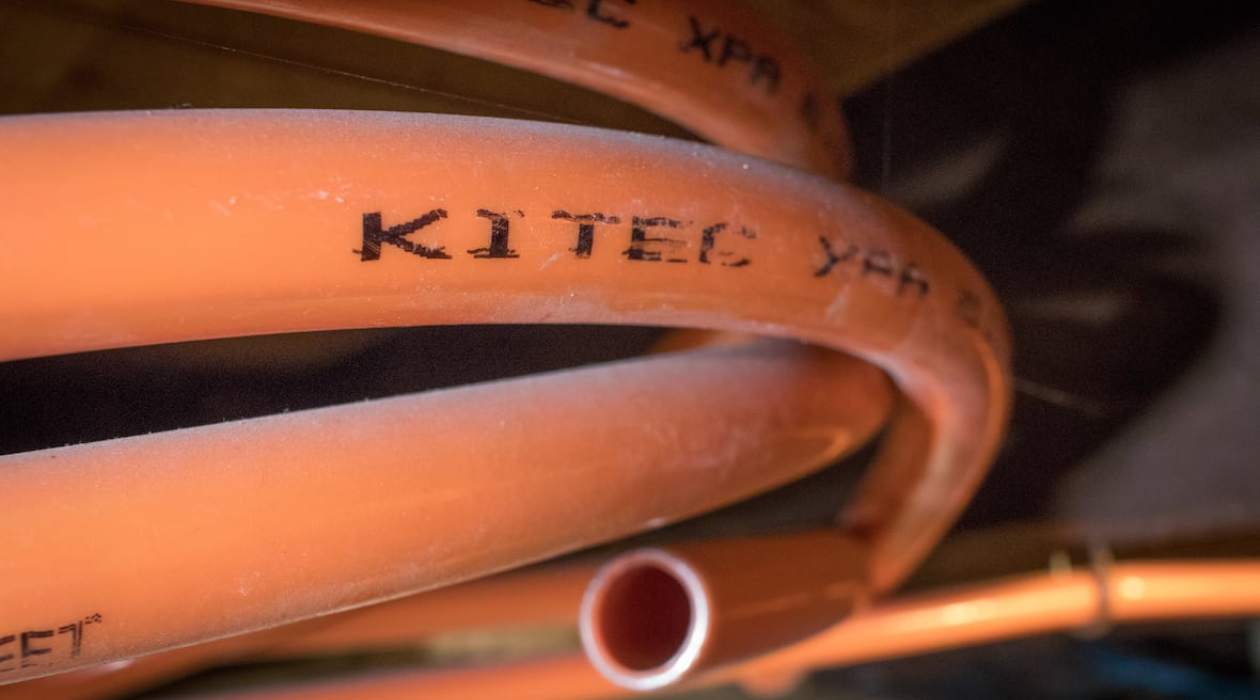
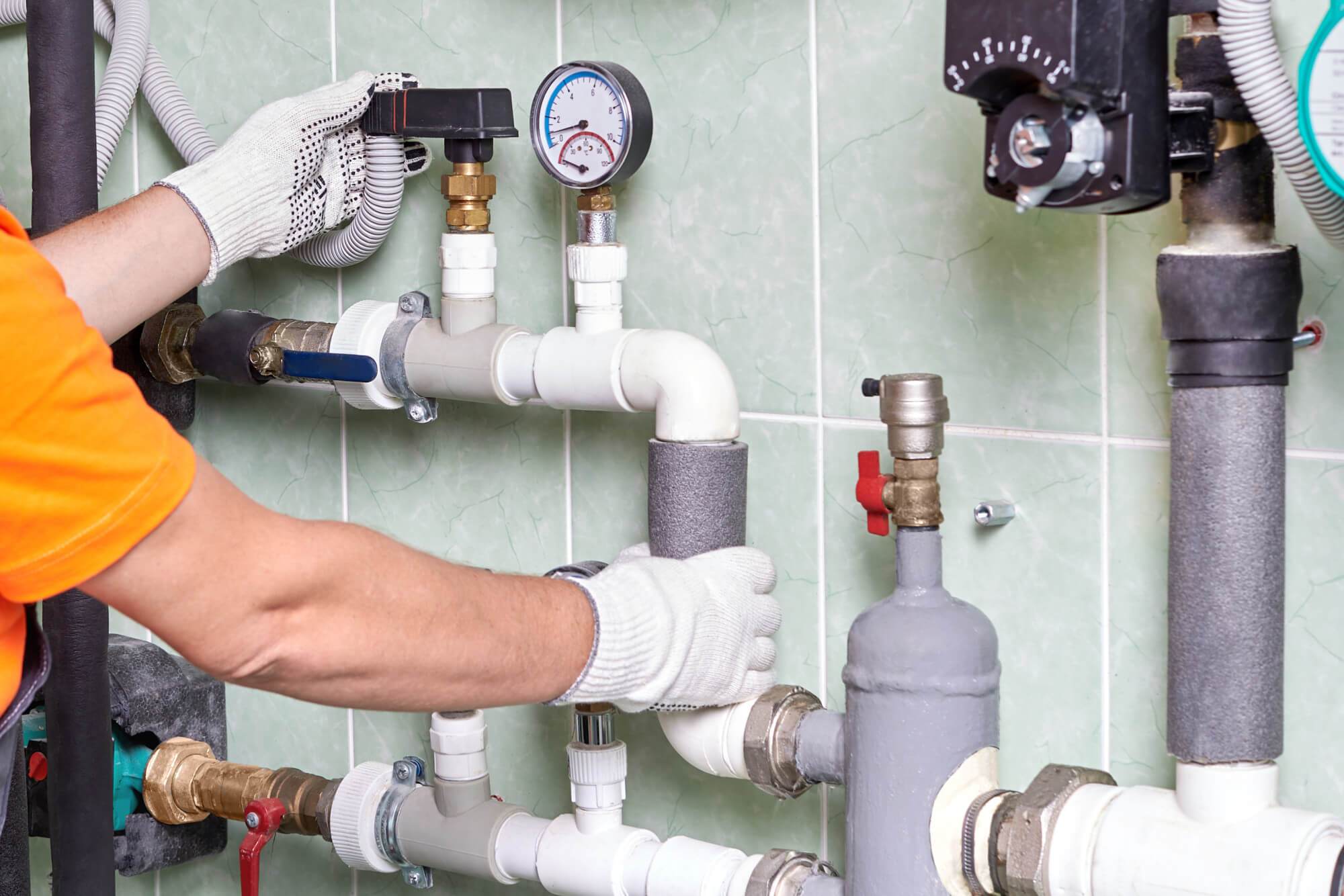
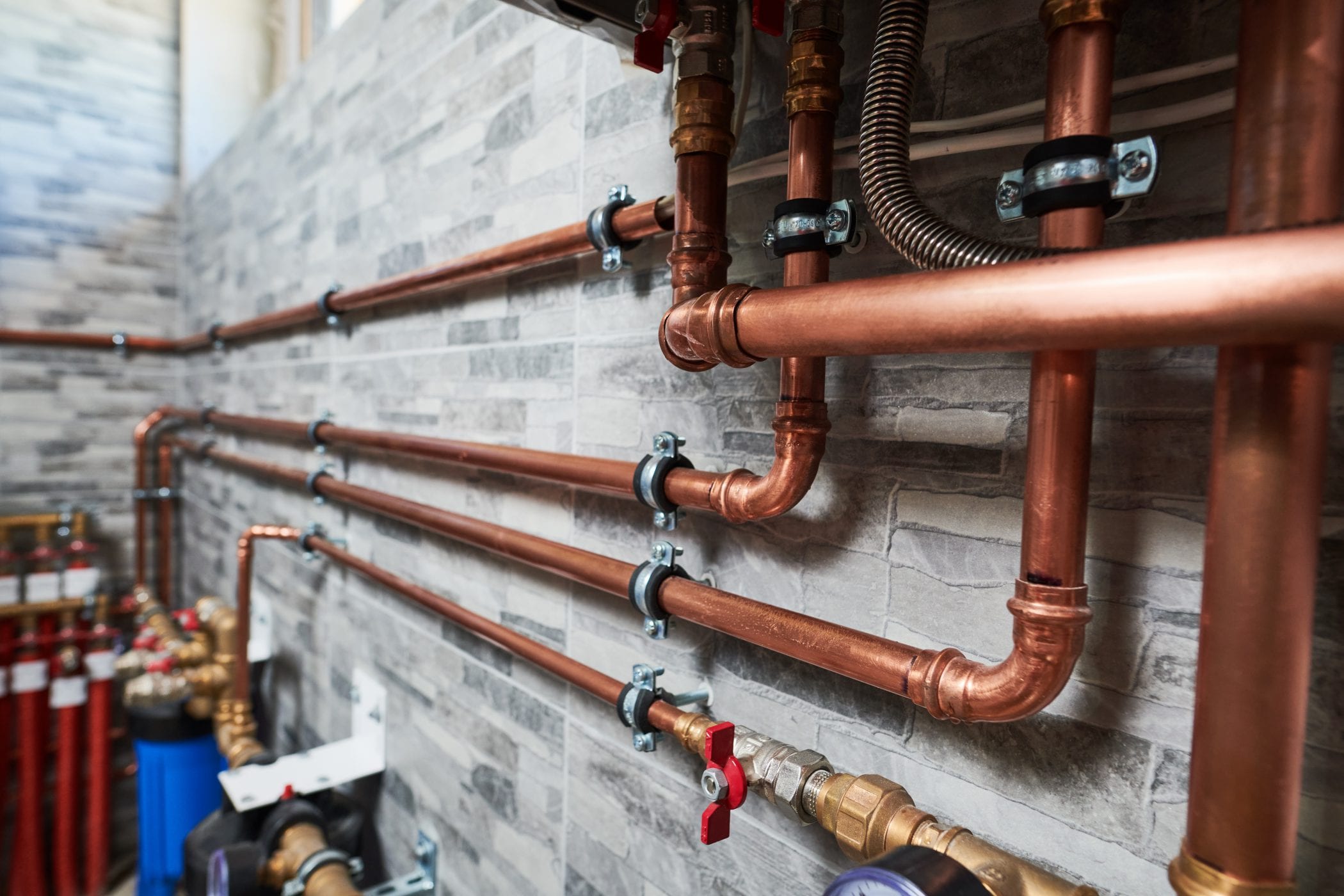
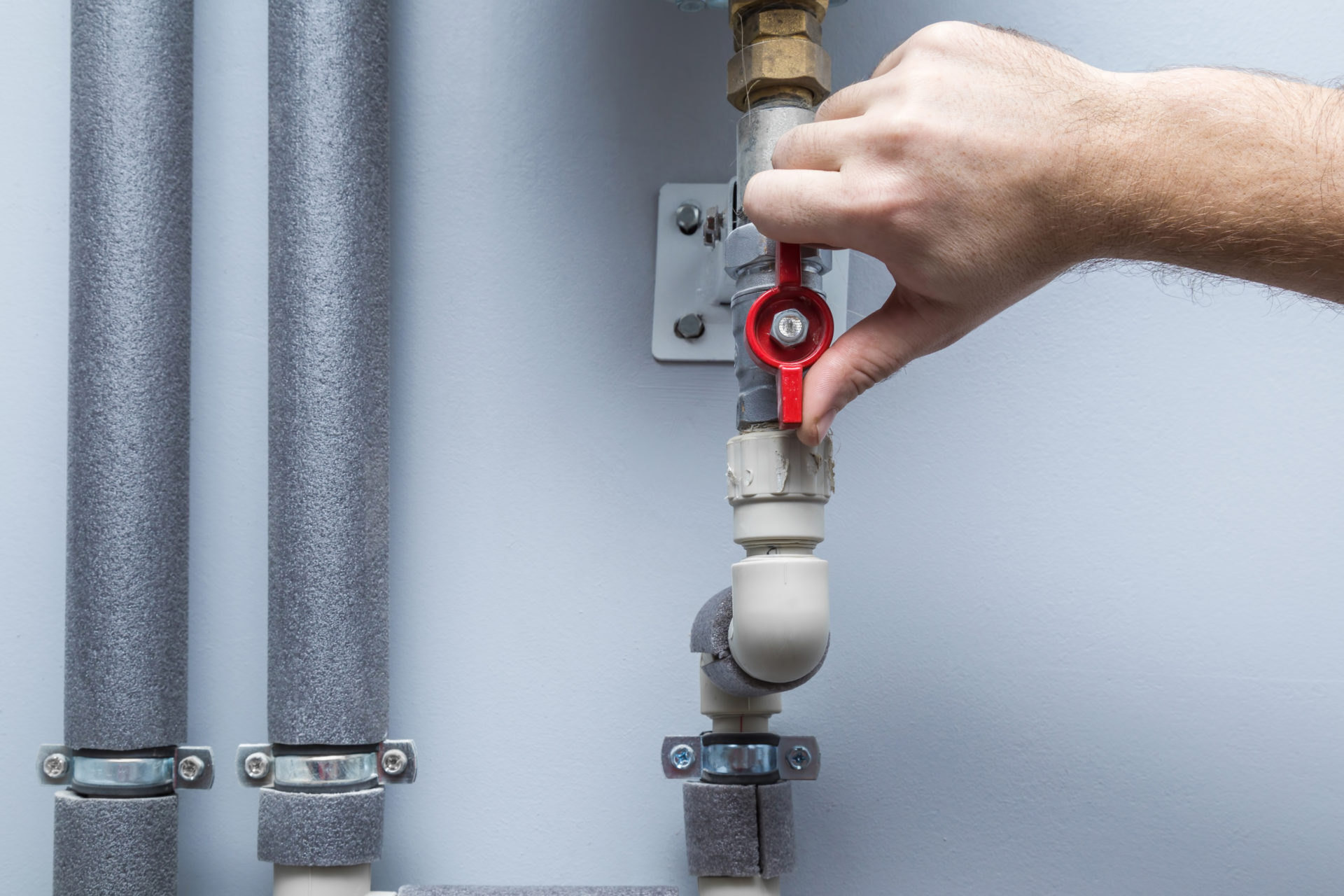
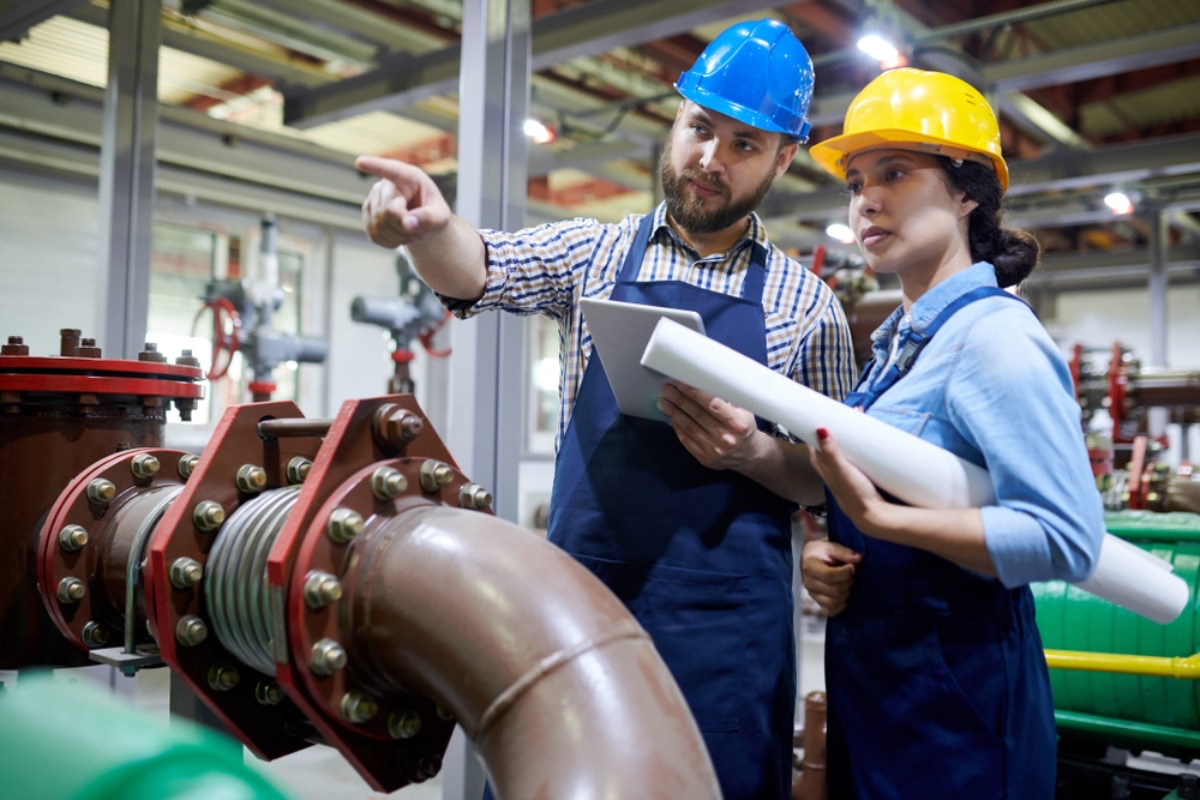
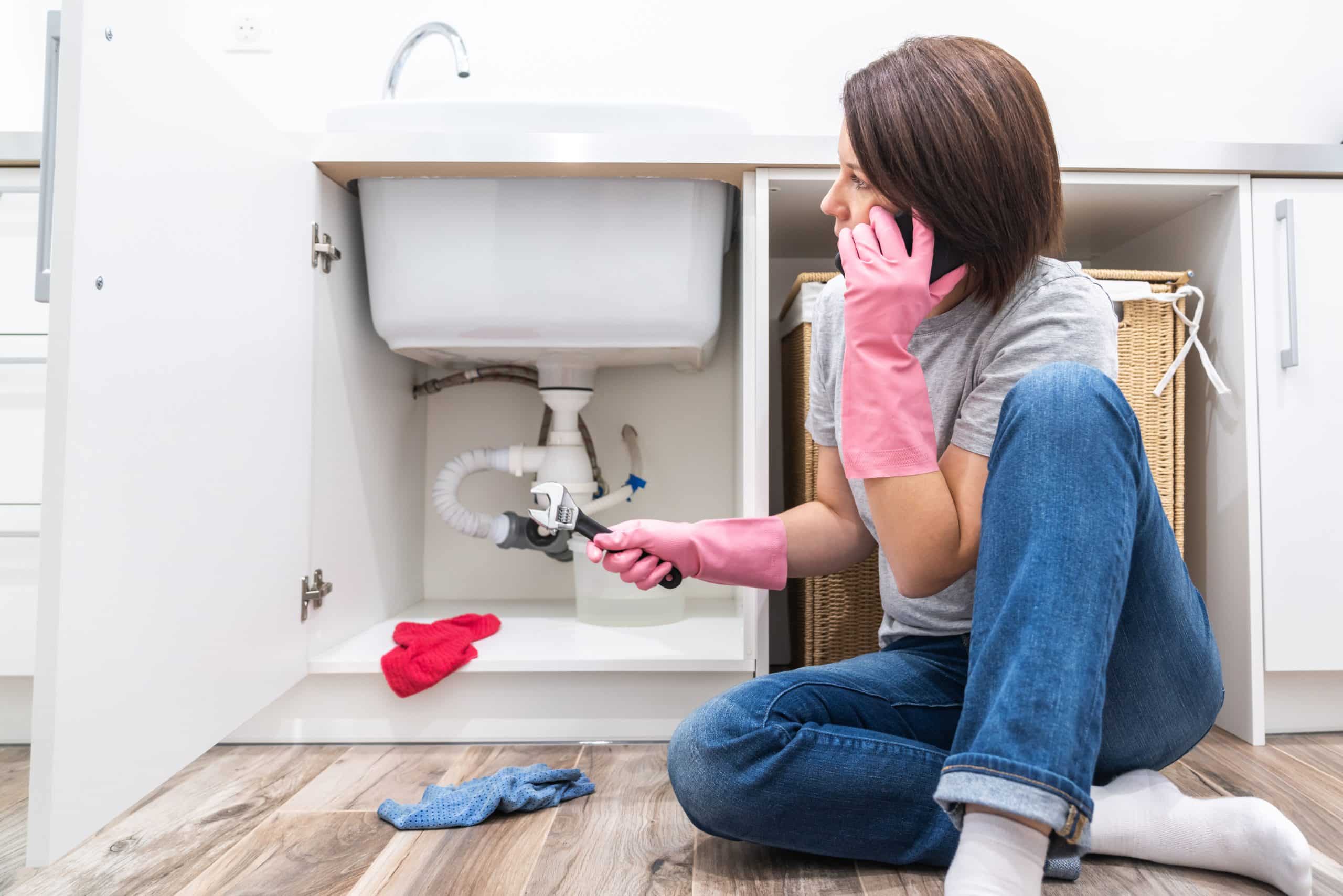

0 thoughts on “What Is A Water Hammer In Plumbing”